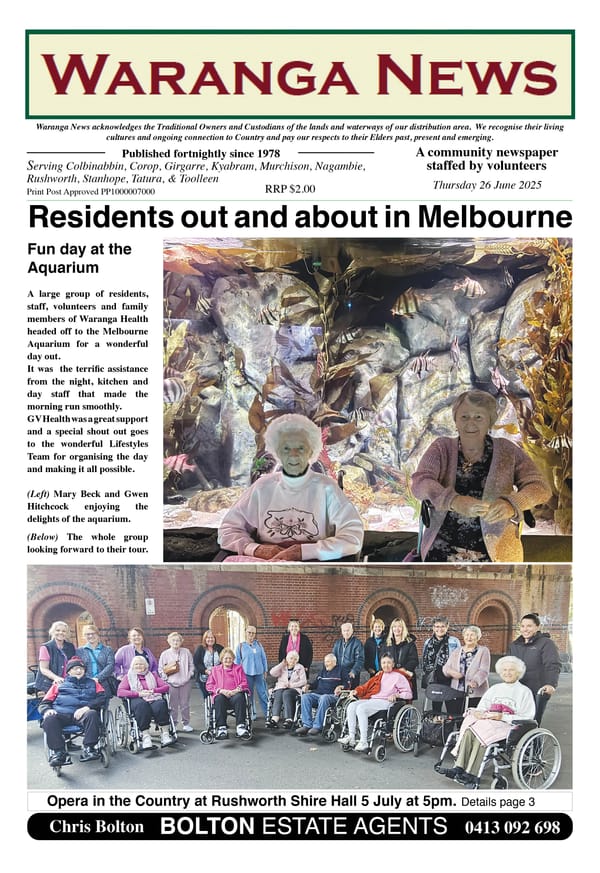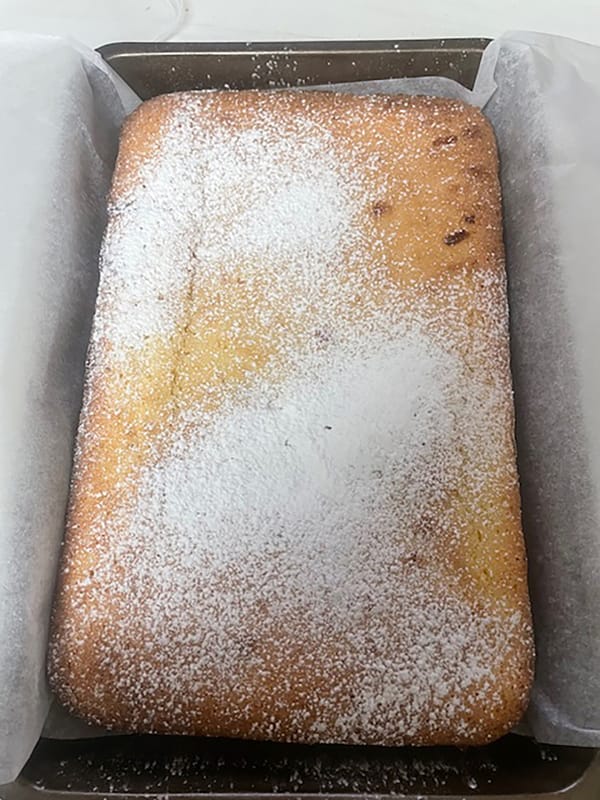10. Moving around country

During the centenary celebrations of the establishment of Rushworth and Whroo, which took place in 1953, Nagambie resident Harry S Parris wrote a substantial article about what he considered would be the movements of the Ngurai-illum Wurrung around the local area.1 If Mr Parris was correct in some of his assumptions, some of the places he mentioned may well have been dreaming sites of the Ngurai-illum Wurrung.
Mr Parris entitled his story “Waranga District Abos. Their Customs and Perambulations”. The word “Abos” is not one we would use these days because of its perceived derogatory connotations, although in the 1950s it was common parlance. Today the respectful generic term is “Aboriginal people”, or the name of the specific clan or language group e.g. Ngurai-illum balug (clan) or Ngurai-illum wurrung (language group).
CLAN COUNTRY
Mr Parris is referring to the Ngurai-illum balug clan in his story, listing their numbers as about 200 (no date given) and cites their territory as extending from “the Old Crossing Place (Mitchellstown) to Toolamba, and including Whroo and Rushworth to as far as Mt Scobie (south of Kyabram) on the west, and as far as Violet Town to the east”. As cited in an earlier story, along with the Ngurai-illum balug, two other clans to the west of this country made up the Ngurai-illum Wurrung language group.
It is easy to imagine Mt Scobie being a place of significance, being the only eminence over a wide area of plains. Perhaps it was a meeting place for the three Ngurai-illum Wurrung clans to get together on a regular basis. A study first published in 18782 cites the Aboriginal name of Mt Scobie as “Porpanda”, meaning “a large sandhill” or “high mountain”. Compared to the surrounding seemingly featureless plain, you could appreciate how the latter might apply, even though it is only a little over 100 m high.
WINTER CAMP
Harry Parris believed that the Ngurai-illum balug had their winter camps at Reedy Lake, near Bailieston. He cites the existence of large middens as evidence of long-term use of the wetland, stating that “the size of these ovens indicate that this must have been a favoured camping spot and was probably used by the natives for hundreds of years.”
Whether there was enough food in the Reedy Lake area to sustain the clan during the winter is open to discussion. However, it is clear that wetlands were important areas providing food such as fish, mussels, yabbies, water birds and their eggs, marsupials, reptiles and plant materials.
MASSACRE ON THE GOULBURN
Just east of Reedy Lake, on the banks of the Goulburn River between what is now Kirwan’s Bridge and the Goulburn Weir, there was a massacre in November 1837 in which at least six Aboriginal people were killed, including women and children. Others were wounded.
There is some conjecture as to which clan the people were from. One of the possibilities is the Ngurai-illum balug people, given the proximity to Reedy Lake, and the likelihood that the river would have been a good place to seek food in the late spring.
The perpetrators were an overlander called Fitzherbert Mundy and some of his men. Mundy later openly bragged to a fellow squatter (Dredge) that he wouldn’t have trouble with the Aboriginal people because “he had given them such a punishing as they would not likely forget.”3 Given the remoteness from colonised areas in 1837, it seems that the actions of Mundy and his men went unpunished. About ten years after the massacre Mundy, who was by then squatting at Westernport, died from extreme alcohol abuse. Did he have recriminations? Or was his alcoholism related to the death of his wife the year before?
References: 1 Rushworth Chronicle – 1953 articles on the centenary of the town’s establishment; 2 Smyth, Robert Brough, The Aborigines of Victoria (1878); 3 Broome, Richard, Aboriginal Victorians – A History Since 1800 (2005)



